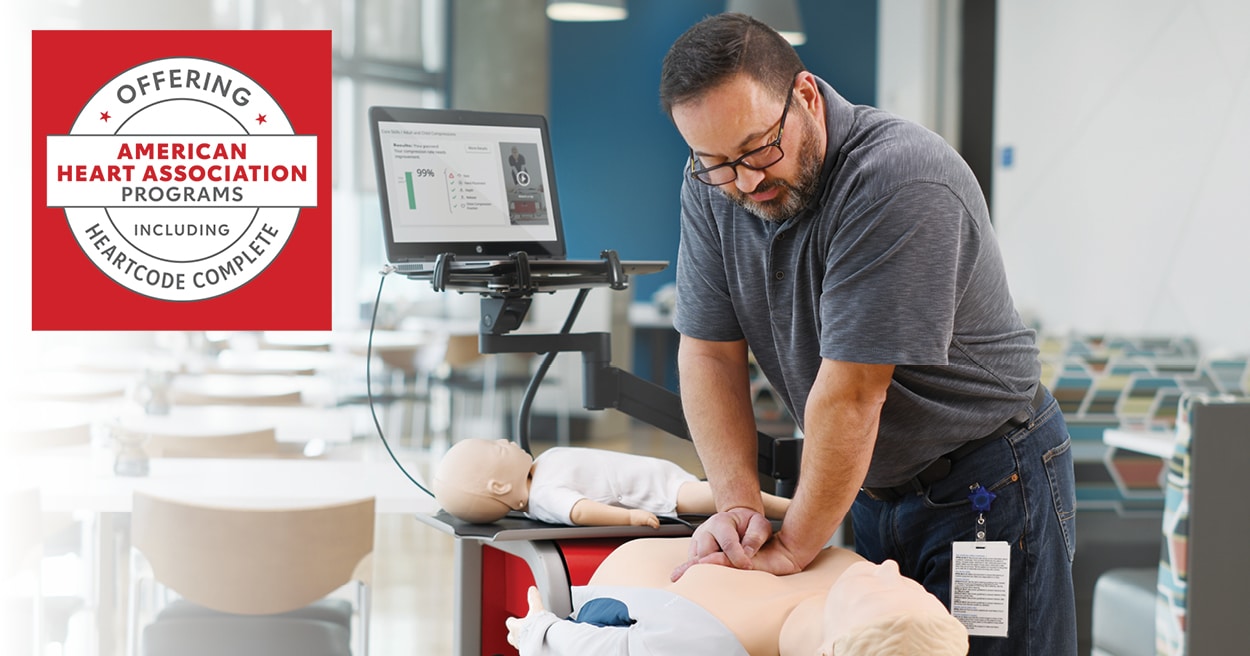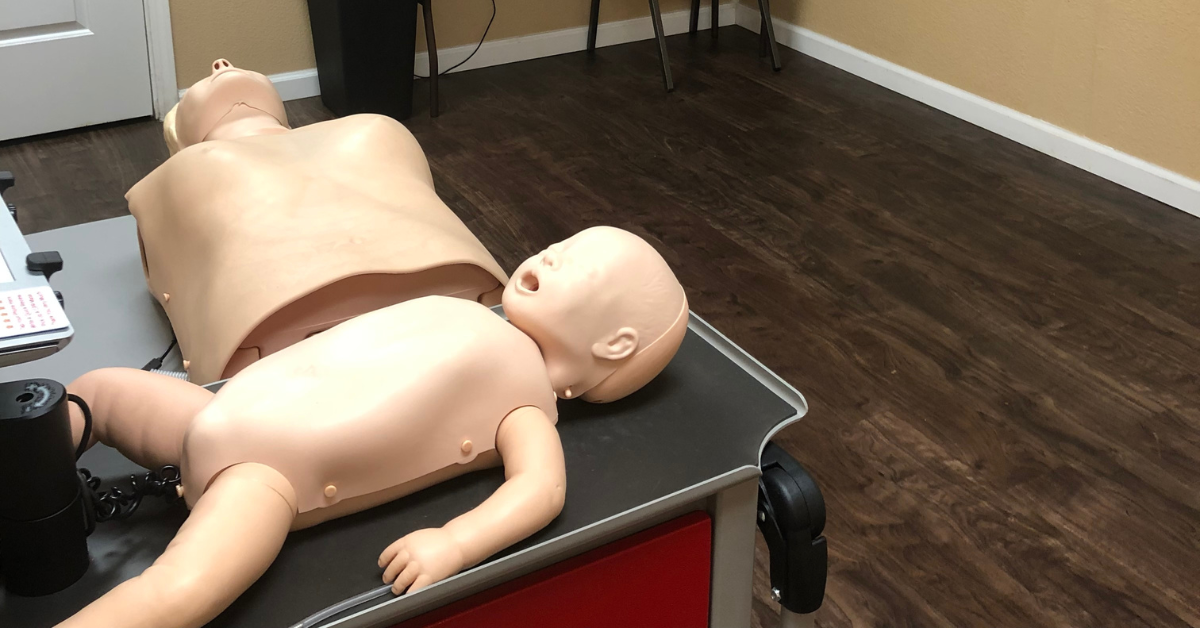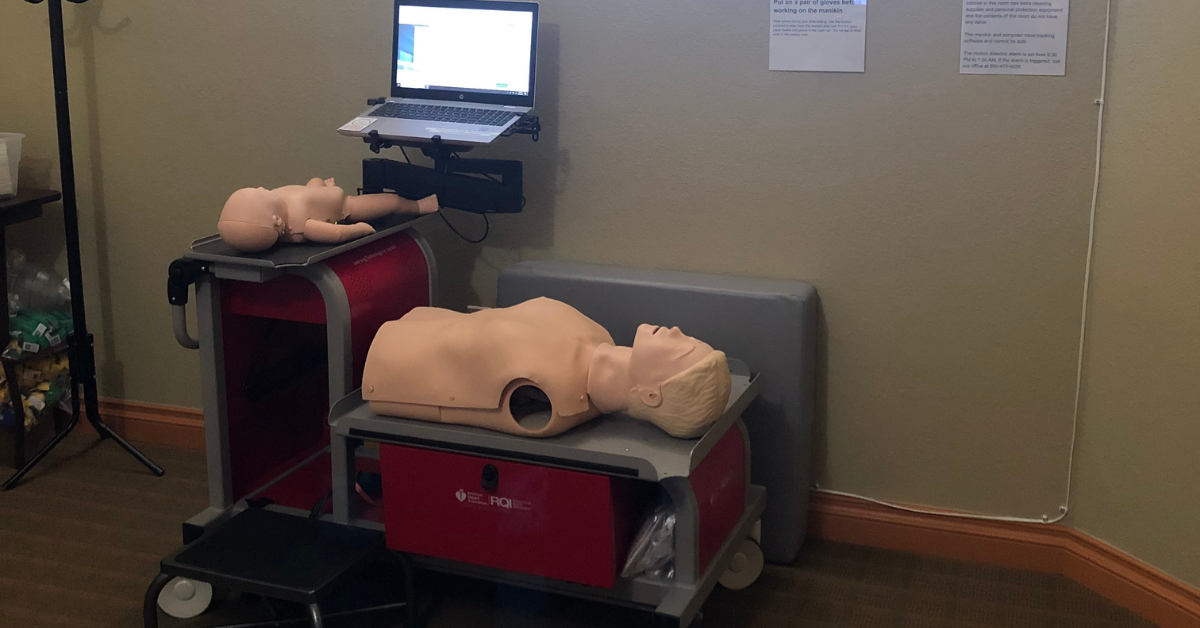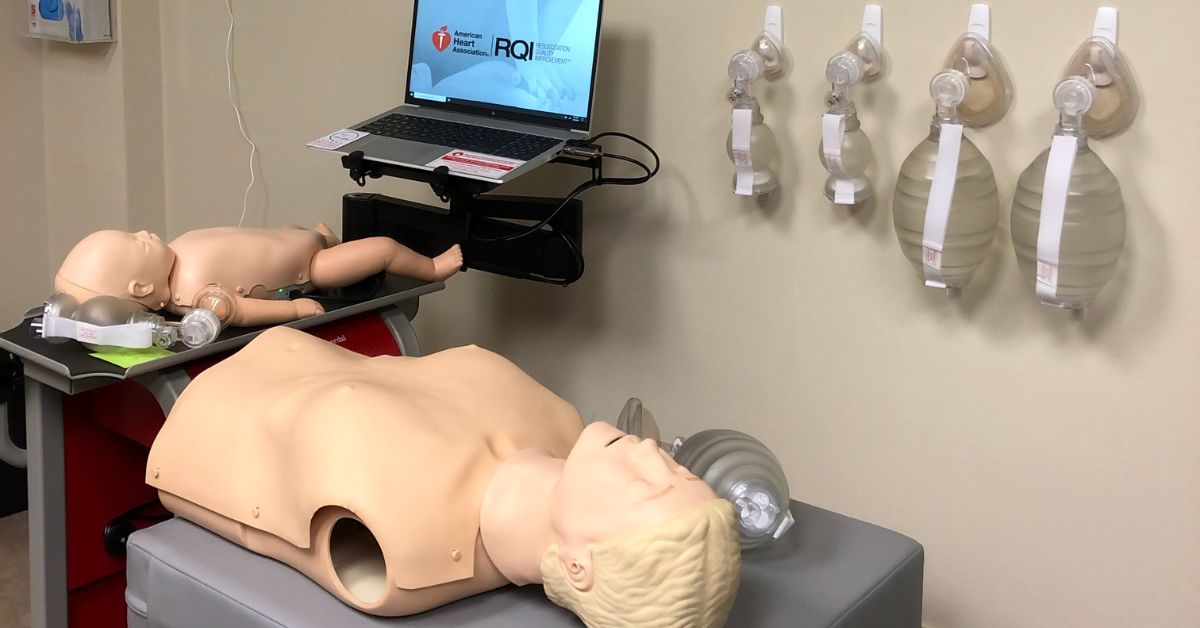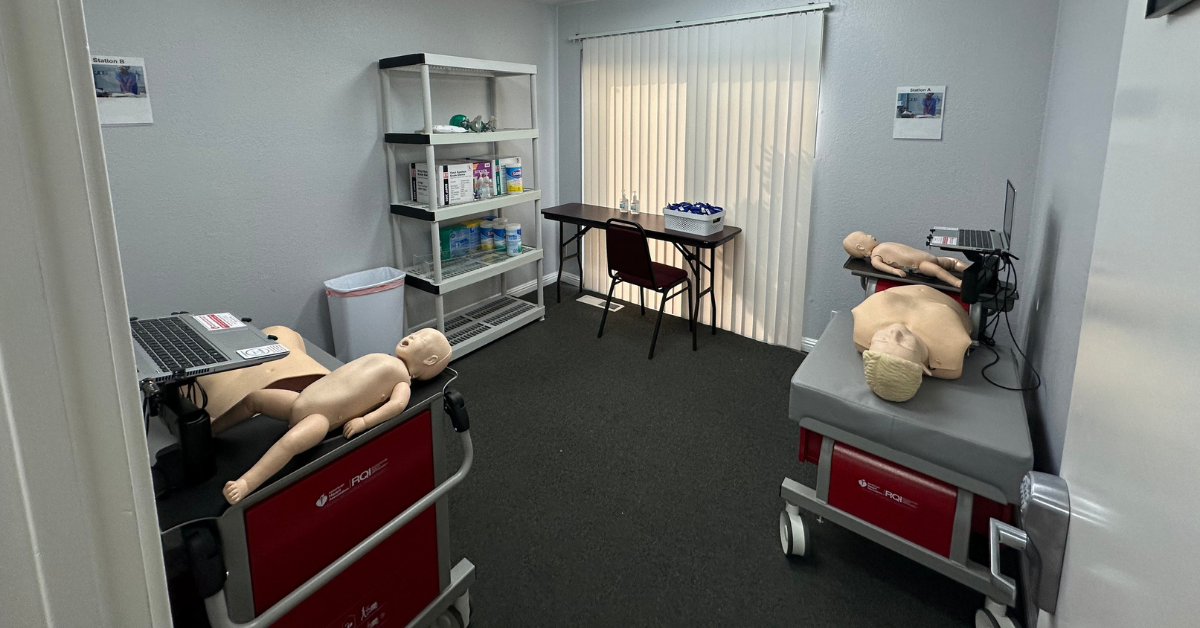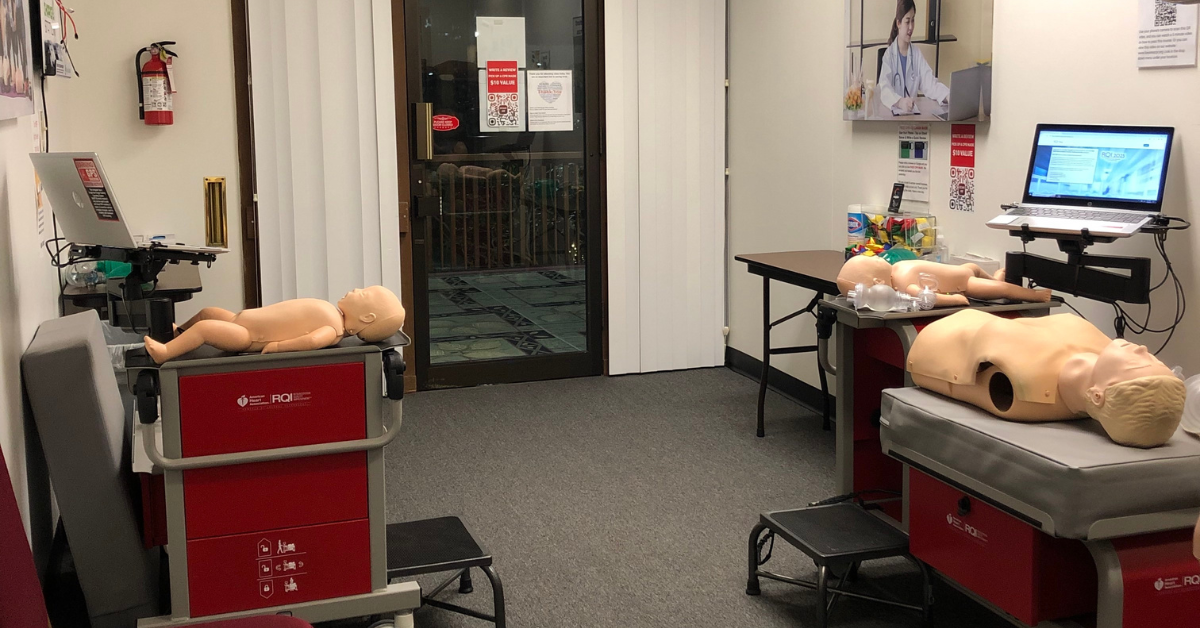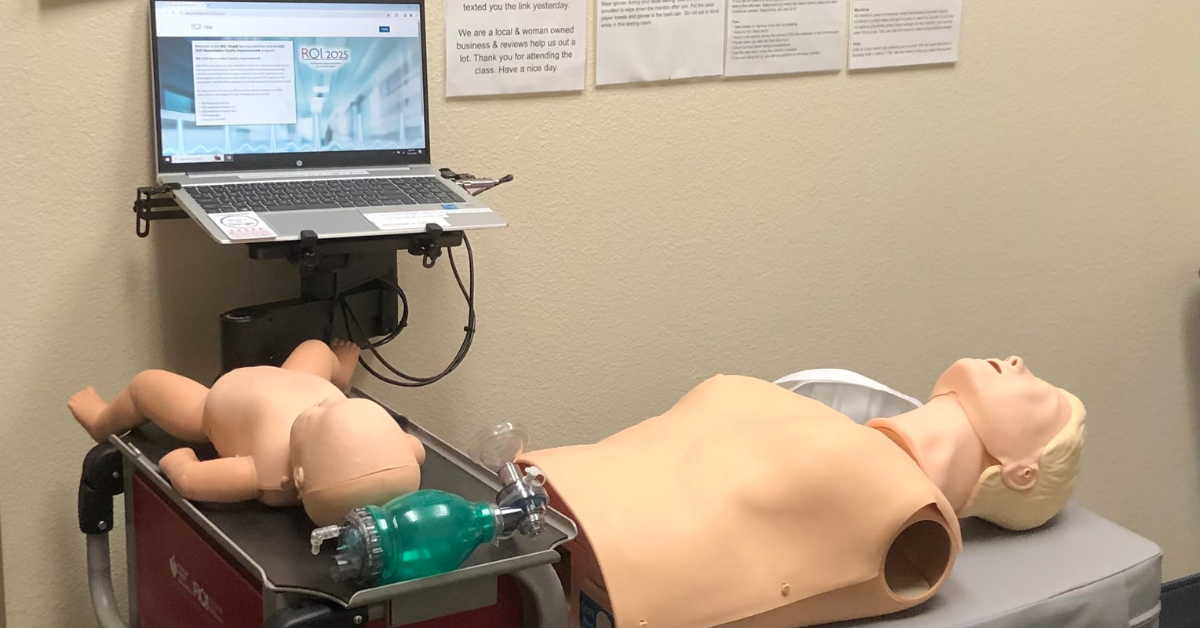In the high-stakes world of emergency medicine, every second counts. When cardiac arrest, stroke, or other life-threatening events occur, the skill and knowledge of emergency response teams determine whether a patient survives or not. This is where ACLS medical training—Advanced Cardiovascular Life Support—proves to be not just helpful, but absolutely vital.
ACLS medical training provides healthcare professionals with the tools, protocols, and confidence to handle the most critical medical emergencies. It enhances team coordination, improves patient outcomes, and ensures a standardized level of care in high-pressure situations. For emergency response teams across hospitals, fire departments, ambulance services, and more, mastering ACLS can be the difference between life and death.
The Fundamentals of ACLS Medical Training
Advanced Cardiovascular Life Support builds upon the foundation of Basic Life Support (BLS), adding layers of complexity designed for professional healthcare providers. ACLS focuses on the clinical interventions necessary during cardiac arrest, stroke, and other emergencies involving compromised cardiovascular function.
Training includes:
- Recognizing and managing respiratory and cardiac arrest
- Early management of peri-arrest conditions
- Airway management
- Pharmacology relevant to resuscitation
- ECG interpretation
- Effective communication as part of a resuscitation team
It also emphasizes a systematic approach to patient assessment and care using standardized algorithms such as the Cardiac Arrest Algorithm, Bradycardia Algorithm, and Tachycardia Algorithm.
Why ACLS Certification is Essential for Emergency Response Teams
- Improved Patient Outcomes
Studies have consistently shown that early and effective intervention increases survival rates in cardiac and respiratory arrest. ACLS-certified personnel are trained to recognize early signs of deterioration, initiate prompt interventions, and minimize downtime in resuscitation efforts. The ability to act quickly and correctly in those crucial moments can significantly improve a patient’s chance of survival and recovery.
- Enhanced Team Coordination
Emergency situations are chaotic, with multiple professionals working under pressure. ACLS training promotes effective team dynamics and closed-loop communication. Teams learn to function seamlessly, understand their roles, and support one another to ensure smooth execution of life-saving protocols.
- Standardized Protocols Across Institutions
ACLS is based on American Heart Association (AHA) guidelines, which are continuously updated based on the latest research and clinical evidence. By adhering to these protocols, institutions ensure consistent, high-quality care regardless of the individual clinician or facility.
- Compliance and Accreditation Requirements
For hospitals and EMS agencies, ACLS certification is often a requirement for accreditation and compliance with state and federal regulations. It is also a prerequisite for many positions in critical care, emergency departments, and paramedic teams.
- Confidence in Critical Moments
Perhaps the most underrated benefit is the confidence that ACLS instills in medical professionals. When lives are on the line, hesitation can be fatal. ACLS medical training gives providers the competence and assurance needed to make swift, accurate decisions.
Key Components of ACLS Training
- Simulation-Based Learning
Modern ACLS courses often incorporate high-fidelity simulations that replicate real-life scenarios. This allows students to practice in a safe, controlled environment and receive immediate feedback. Simulations enhance memory retention, clinical judgment, and team communication.
- Algorithm Mastery
ACLS students must memorize and apply several treatment algorithms. These flowcharts guide interventions based on patient symptoms and rhythms. Learning these sequences until they become second nature is crucial to maintaining momentum during emergencies.
- ECG Interpretation Skills
Understanding electrocardiograms (ECGs) is a core component of ACLS. Participants learn to identify arrhythmias, ST elevations, and other abnormalities that dictate immediate treatment plans. Rapid and accurate ECG interpretation can expedite interventions such as defibrillation or pharmacological treatment.
- Pharmacology
ACLS providers must know the indications, dosages, and side effects of emergency drugs like epinephrine, atropine, and amiodarone. Miscalculations or delays in administering these medications can lead to poor outcomes.
- Airway Management
Securing the airway is a top priority in ACLS. Participants gain hands-on experience with bag-valve masks, oropharyngeal airways, and endotracheal intubation, ensuring oxygenation is maintained throughout resuscitation.
ACLS for Different Emergency Response Teams
Hospital Staff
In hospitals, ACLS training is mandatory for personnel in emergency departments, intensive care units, and surgical suites. Rapid response teams (RRTs) rely on ACLS skills to stabilize patients before transfer to critical care units.
EMS Providers
Paramedics and EMTs encounter medical emergencies in unpredictable environments. ACLS training empowers them to deliver hospital-grade care en route, minimizing the delay before advanced treatment begins.
Firefighters and Law Enforcement
First responders often arrive before EMS. With ACLS certification, they can initiate early resuscitation measures, dramatically increasing survival odds. Their role is pivotal in bridging the gap until advanced care arrives.
Urgent Care and Clinics
While not traditionally considered high-risk settings, urgent care centers and outpatient clinics are increasingly managing emergencies. Having ACLS-certified staff ensures preparedness in case of sudden cardiac events or deteriorating patients.
Real-World Scenarios: ACLS in Action
Case Study 1: Cardiac Arrest in a Public Place
A 54-year-old man collapses at a grocery store. A bystander calls 911 while a paramedic team arrives within minutes. Because the team is ACLS-certified, they begin chest compressions, establish an IV line, administer epinephrine, and deliver two defibrillation shocks. The patient regains a pulse and is transported to the hospital for further care. Early ACLS intervention saved his life.
Case Study 2: Stroke in a Clinic Setting
A 70-year-old woman presents with facial droop and slurred speech at a primary care clinic. Recognizing the signs of stroke, the ACLS-trained staff activate emergency response, monitor vitals, initiate IV fluids, and prepare for transfer. Their quick action ensures she receives thrombolytic therapy within the critical window, minimizing neurological damage.
Overcoming Barriers to ACLS Training
Despite its importance, some institutions and individuals delay ACLS certification due to cost, scheduling, or perceived difficulty. Here’s how these barriers can be addressed:
- Cost: Seek providers with transparent pricing and a low price guarantee.
- Scheduling: Choose training centers that offer courses every day, including weekends.
- Accessibility: Prefer facilities with multiple locations to reduce travel time.
- Support: Use providers that offer prep materials, online modules, and refresher courses.
Choosing the Right ACLS Training Provider
Selecting the right training center makes a world of difference. Look for:
- American Heart Association (AHA) certification
- Experienced, credentialed instructors
- Hands-on training and simulations
- Flexible scheduling
- Proven track record and reviews
Why Safety Training Seminars is Your Ideal Partner
At Safety Training Seminars, we understand that excellence in emergency care begins with education. As a woman-owned business proudly serving Northern California, we have built our reputation on quality, affordability, and accessibility.
Here’s what sets us apart:
- 65+ Convenient Locations: With facilities across Northern California, including Sacramento, finding a class near you is effortless.
- Budget-Friendly Pricing: We offer a low price guarantee on all our American Heart Association courses.
- Flexible Scheduling: Our ACLS, CPR, BLS, and PALS courses are available seven days a week, including Saturdays and Sundays.
- Certified Instructors: Our instructors bring real-world experience and a passion for teaching.
- Accredited Curriculum: All courses follow the latest AHA guidelines to ensure you receive the most up-to-date training.
Whether you’re an individual healthcare provider or represent an entire emergency response team, our goal is to make life-saving training accessible and effective.
Training Today, Saving Lives Tomorrow
ACLS medical training is more than a certification—it’s a commitment to excellence in care, a pledge to uphold the highest standards in emergency medicine. In today’s fast-paced, high-risk medical landscape, being ACLS-certified is not optional for emergency response teams—it’s essential.
Lives depend on it.
Let us help you prepare for those moments that matter most.
Enroll in an ACLS course with Safety Training Seminars. With 65+ locations, everyday scheduling, and unbeatable pricing, there’s never been a better time to contact us and get certified.


